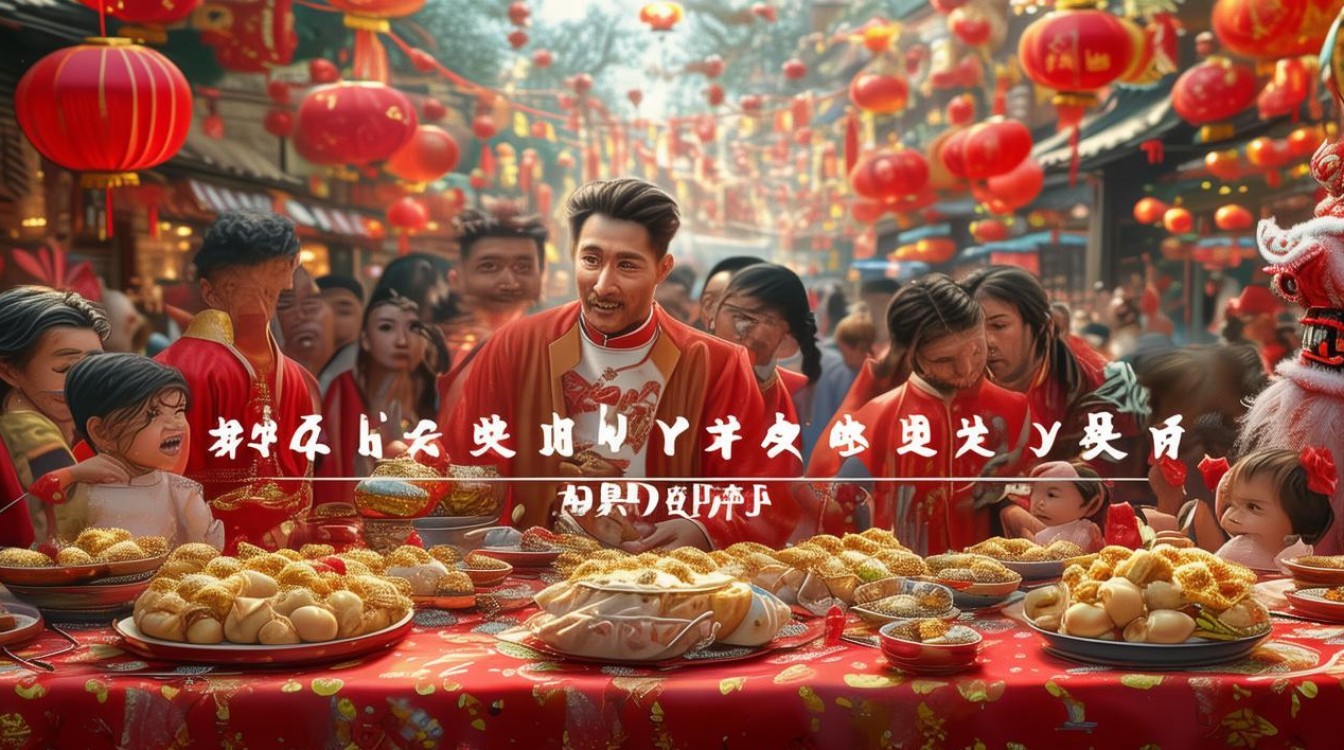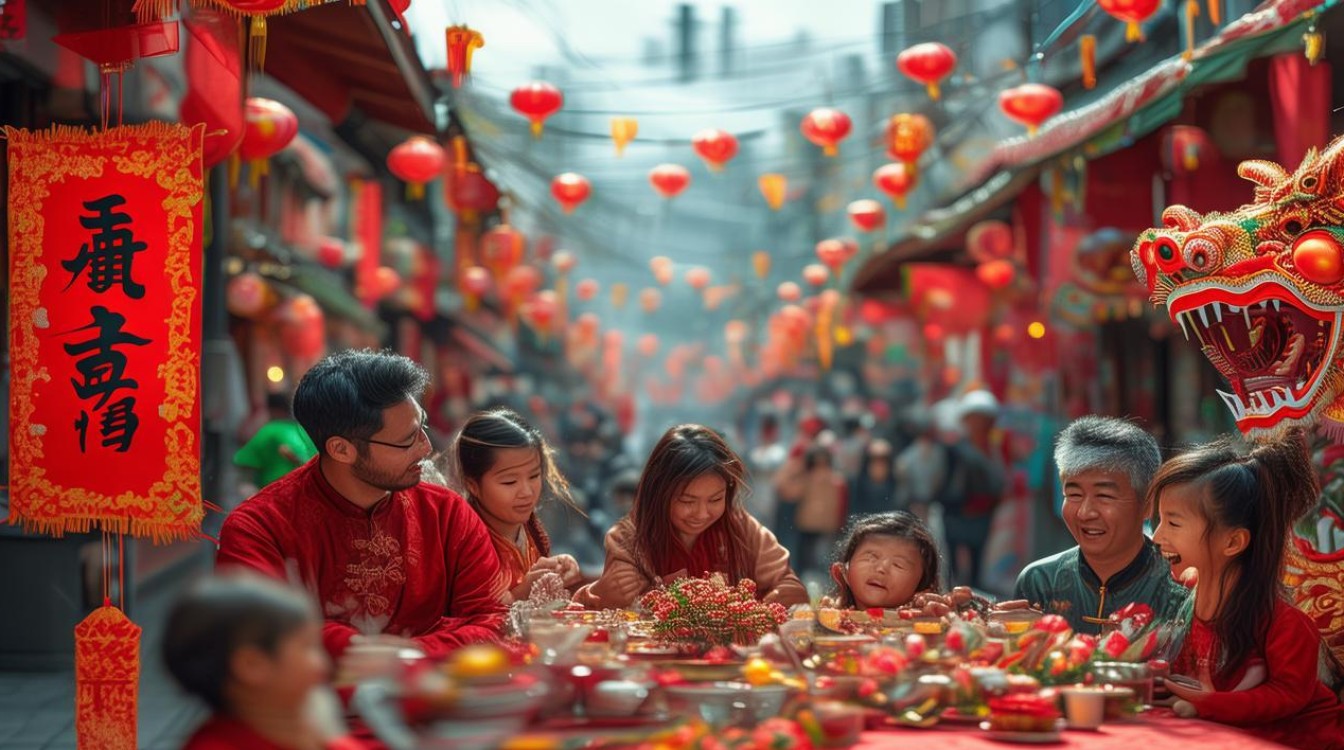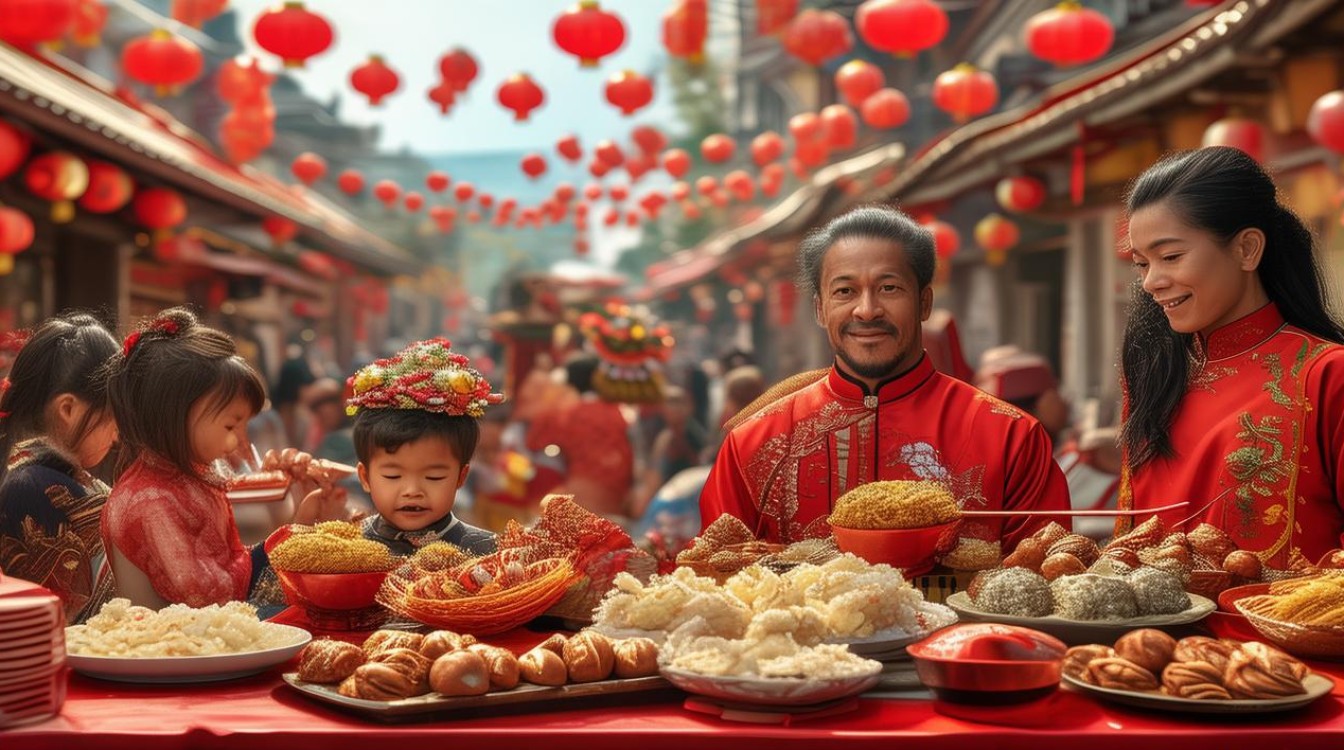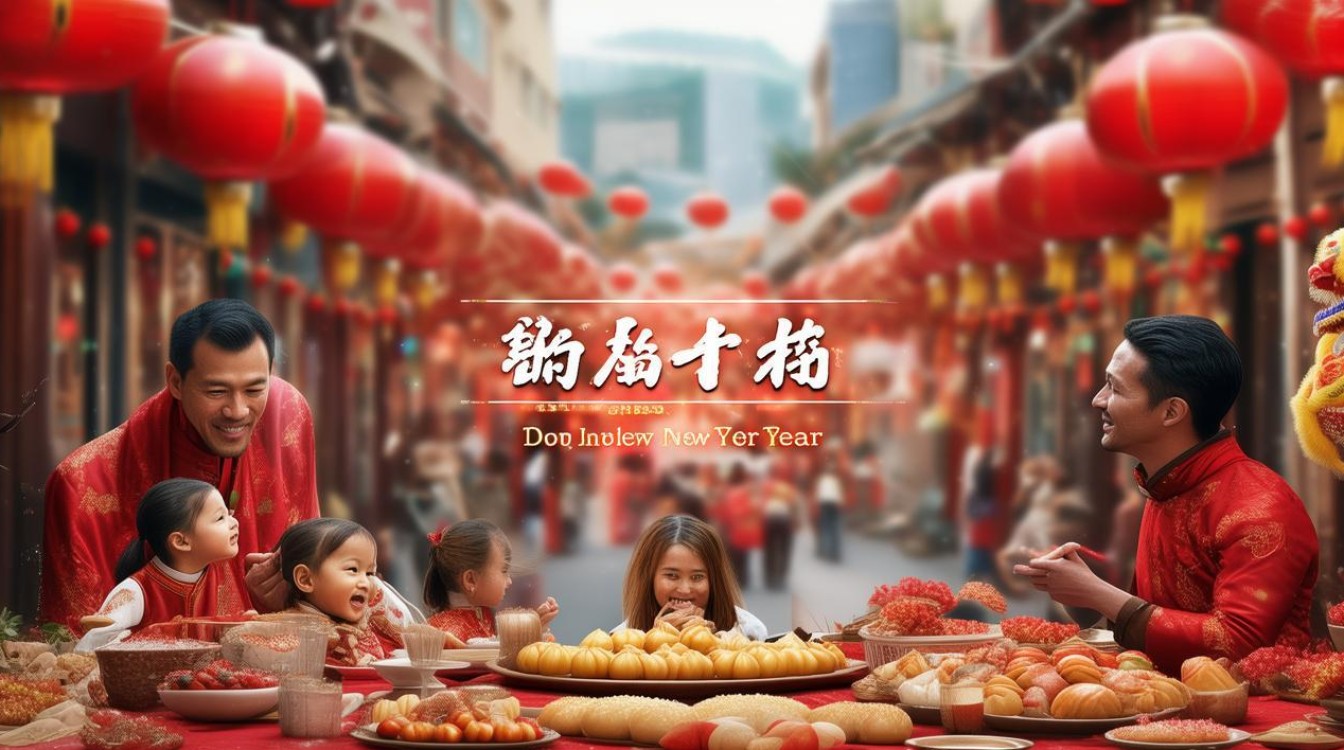Chinese New Year, also known as the Spring Festival, is the most important holiday in China. It marks the beginning of the lunar new year and is a time for family reunions, feasting, and cultural traditions. With a history spanning over 4,000 years, this festival is deeply rooted in Chinese culture and celebrated by millions worldwide.

The Origins of Chinese New Year
The origins of Chinese New Year can be traced back to ancient agrarian society. According to legend, a mythical beast called "Nian" would emerge at the end of winter to terrorize villages. People discovered that loud noises, bright lights, and the color red could scare Nian away. These practices evolved into modern customs like firecrackers, red lanterns, and wearing red clothing.
The festival follows the lunar calendar, so the date changes each year, typically falling between January 21 and February 20. Each year is associated with one of the twelve Chinese zodiac animals, adding another layer of meaning to the celebrations.
Key Traditions and Customs
-
Family Reunion Dinner
The most important event is the reunion dinner on New Year’s Eve. Families gather to enjoy dishes symbolizing prosperity, longevity, and happiness. Dumplings represent wealth, fish signifies abundance, and spring rolls symbolize wealth rolling in. -
Red Envelopes (Hongbao)
Elders give red envelopes filled with money to children and unmarried adults, symbolizing good luck and protection against evil spirits.
-
Fireworks and Lion Dances
Fireworks are believed to drive away bad luck, while lion dances bring good fortune. The vibrant performances, accompanied by drums and cymbals, are a highlight of the festivities. -
Spring Cleaning and Decorations
Homes are thoroughly cleaned to sweep away bad luck. Red paper cutouts with auspicious phrases and couplets are hung on doors to invite prosperity. -
Visiting Relatives and Friends
The first few days of the new year are spent visiting loved ones, exchanging gifts, and sharing well-wishes like "Gong Xi Fa Cai" (Wishing you prosperity).
Regional Variations
While the core traditions remain the same, different regions have unique customs:

- Northern China: Dumplings are a must-eat dish.
- Southern China: Sticky rice cakes (niangao) are more popular.
- Hong Kong & Macau: Flower markets and parades add extra excitement.
- Overseas Communities: Chinatowns worldwide host grand celebrations, blending local and Chinese traditions.
Modern Celebrations
Today, Chinese New Year has embraced modern elements while keeping traditions alive. Television shows like the CCTV New Year’s Gala attract billions of viewers. Digital red envelopes via apps like WeChat have become popular, and eco-friendly celebrations are gaining traction to reduce firework pollution.
Why Chinese New Year Matters
Beyond the festivities, Chinese New Year represents renewal, gratitude, and hope. It strengthens family bonds and preserves cultural heritage. For many, it’s a time to reflect on the past year and set intentions for the future.
Chinese New Year is more than just a holiday—it’s a vibrant expression of culture, history, and unity. Whether you’re participating in the festivities or simply learning about them, the spirit of joy and togetherness is universal.
As the world becomes more connected, the beauty of Chinese New Year continues to inspire people across cultures, proving that some traditions truly stand the test of time.


